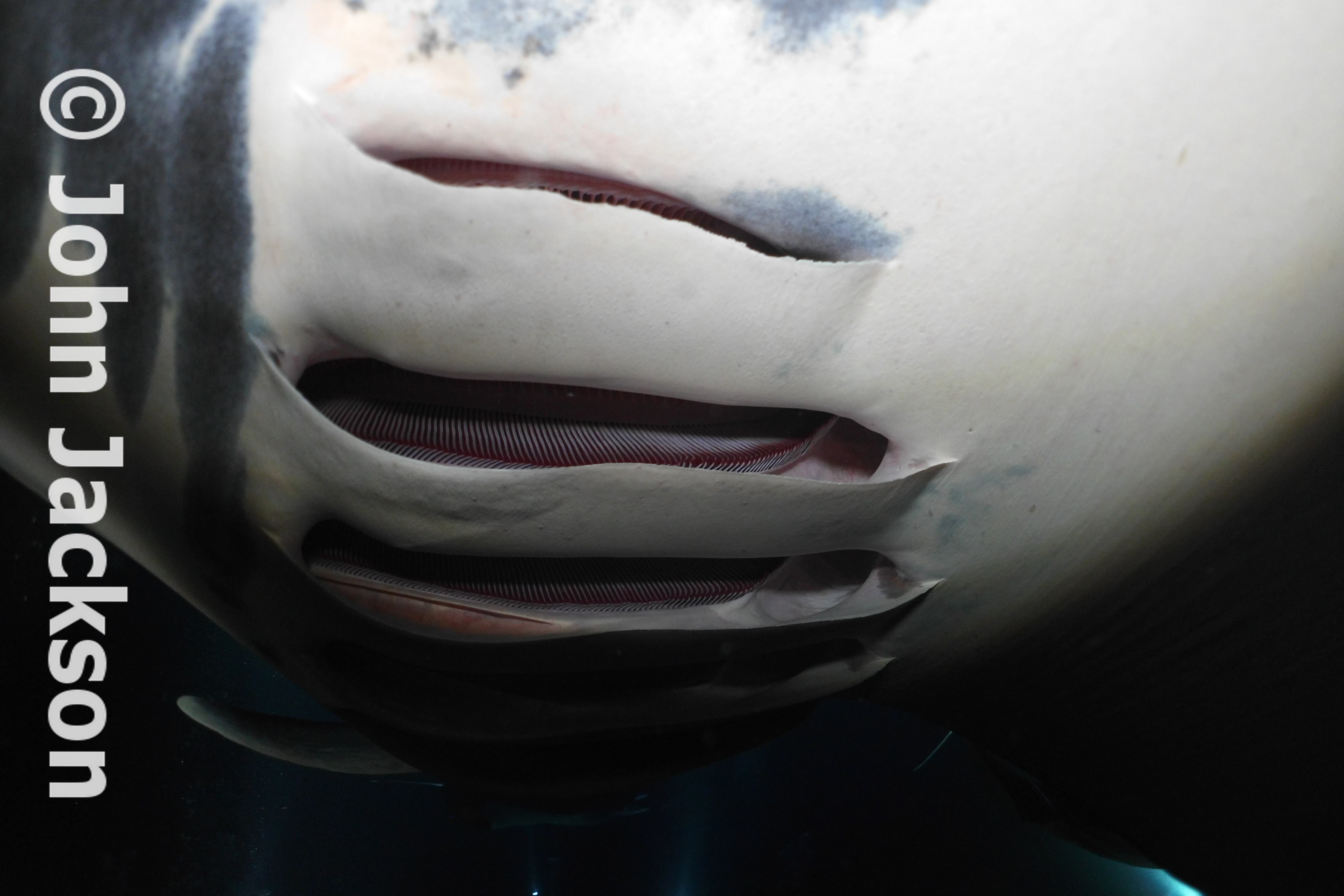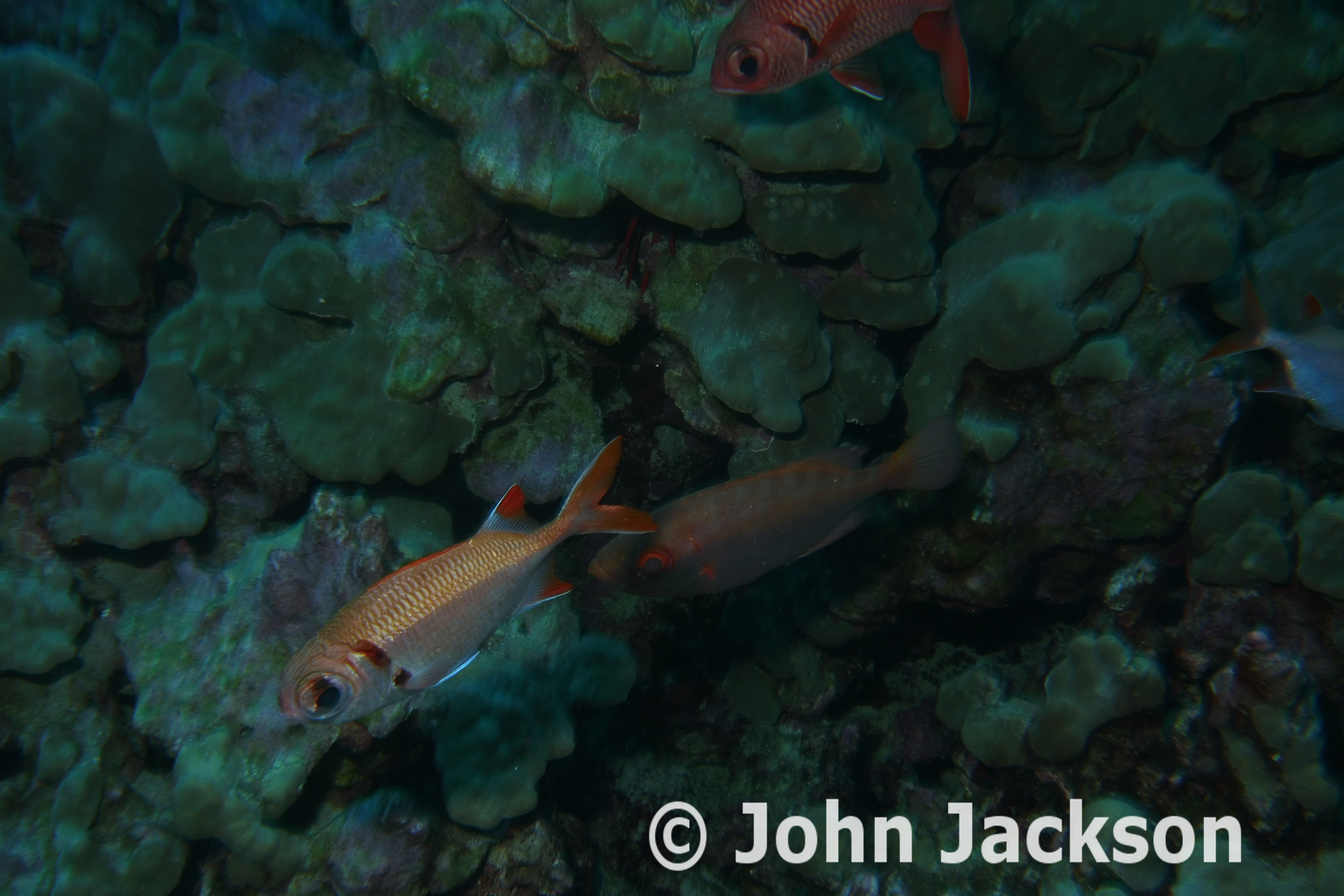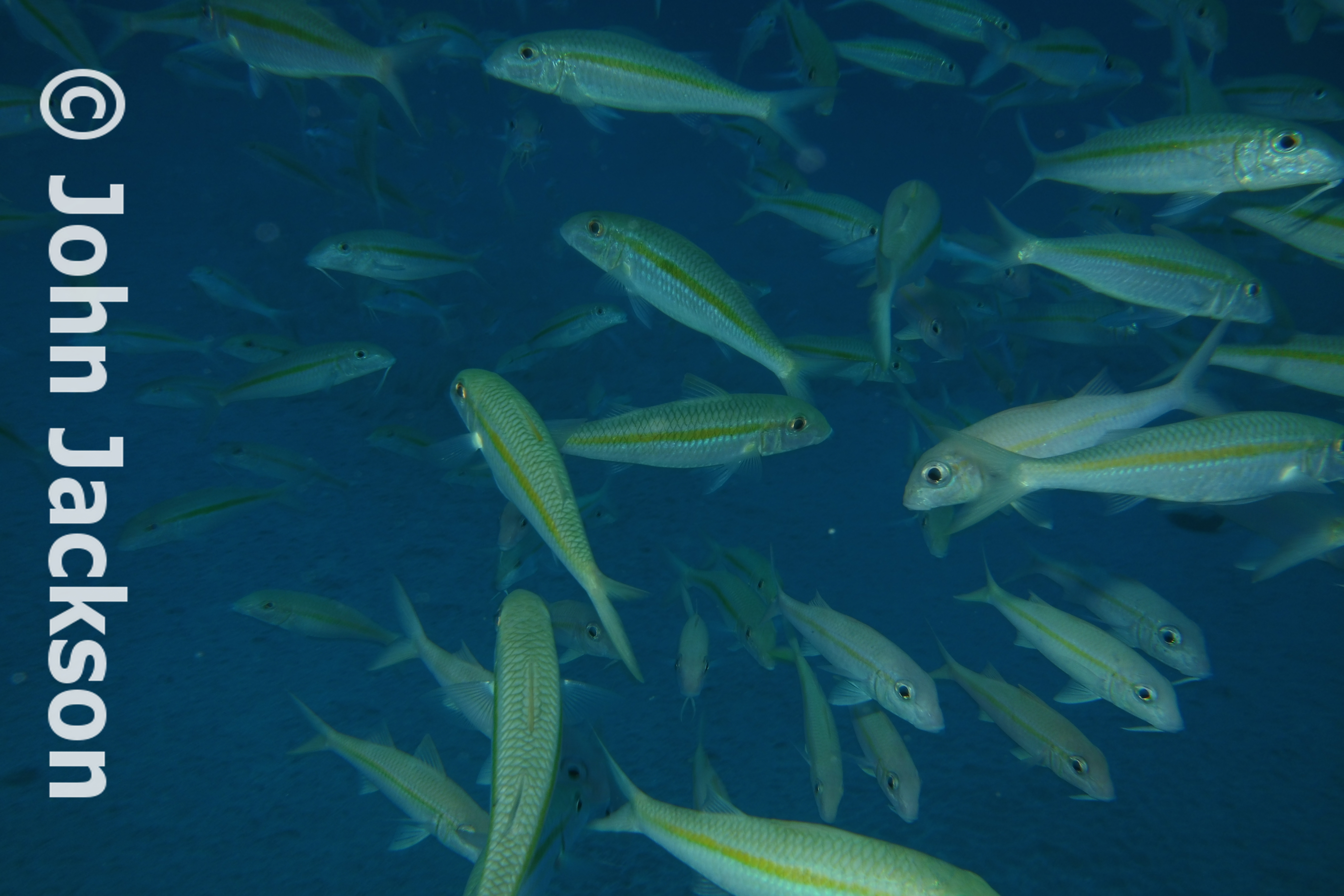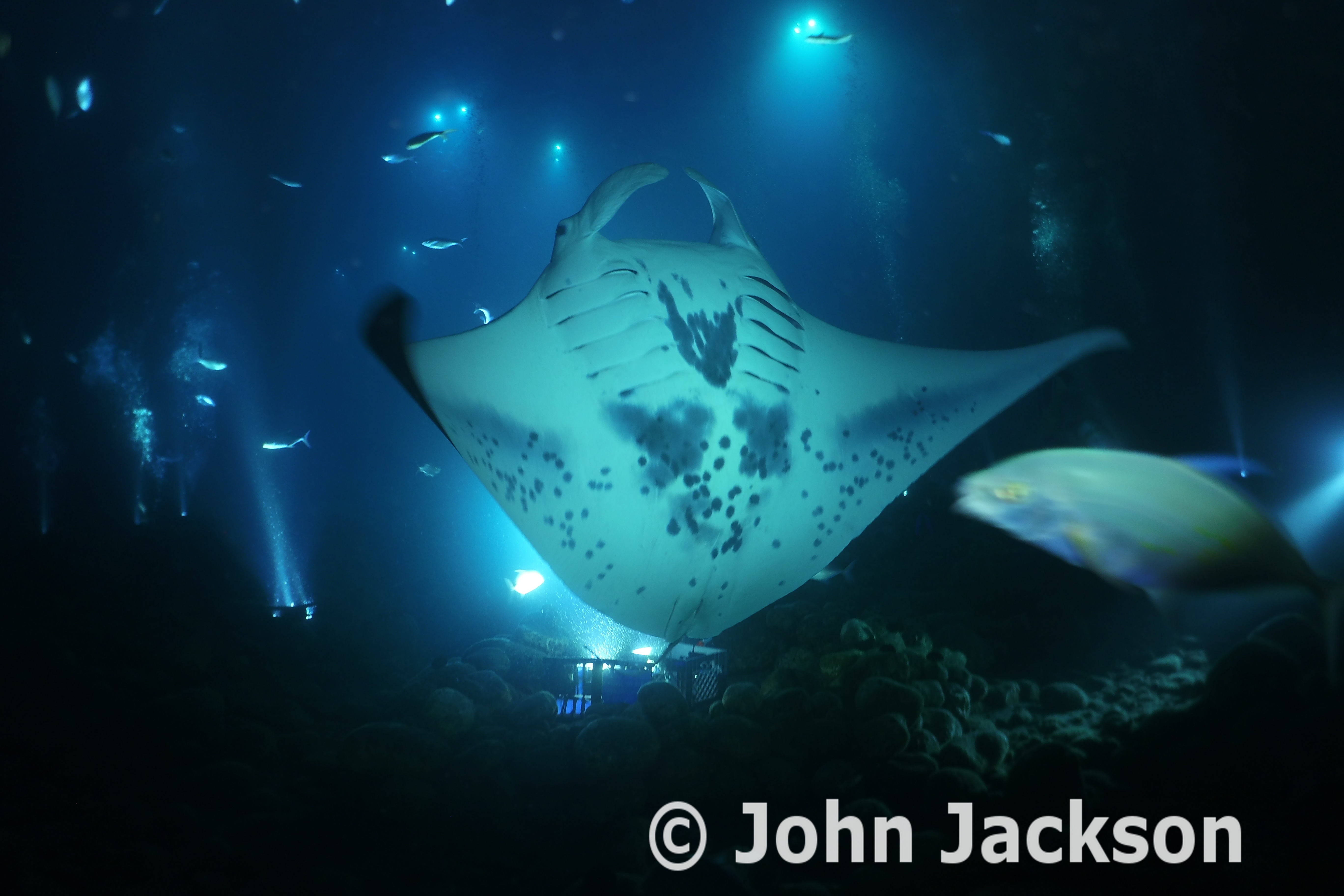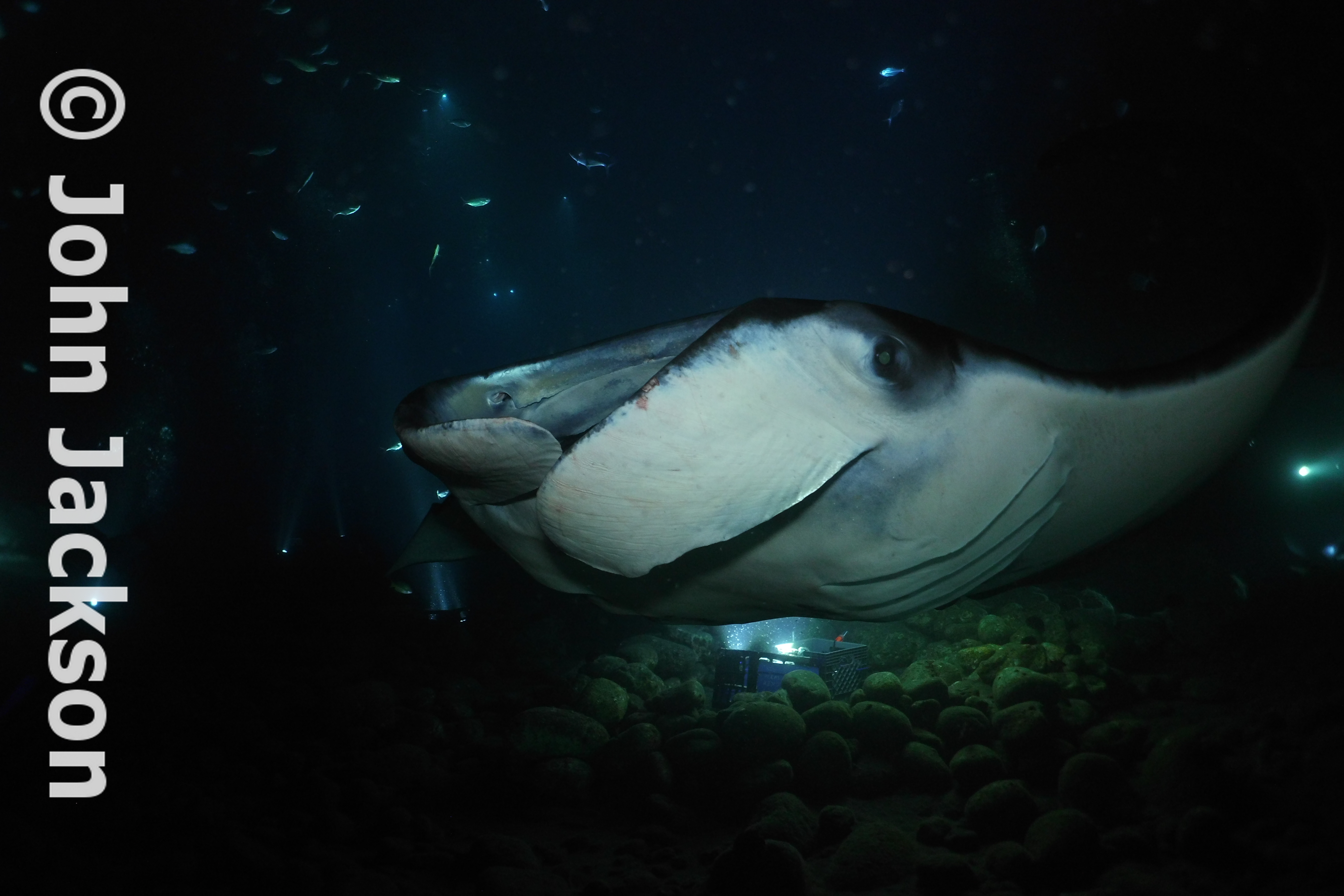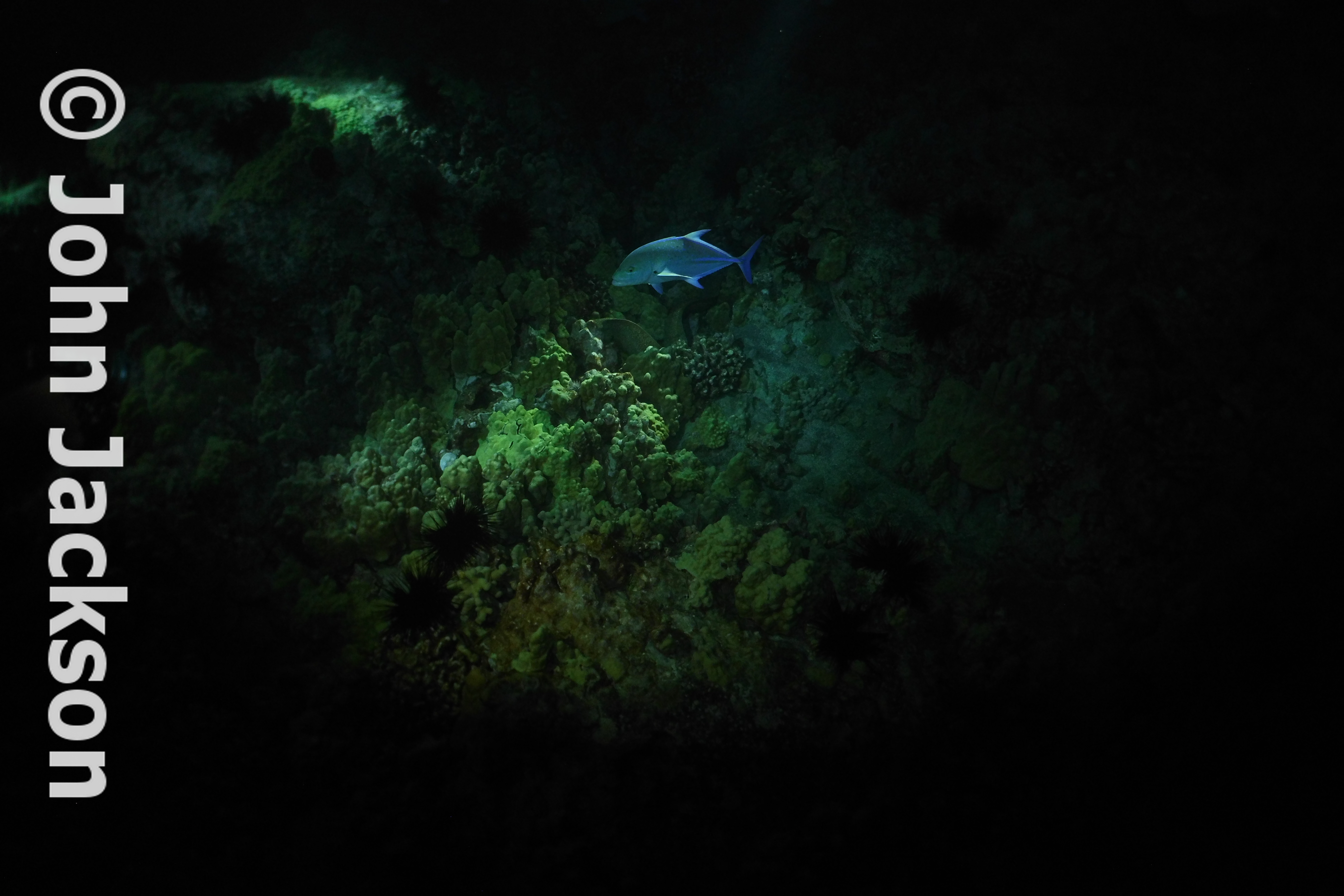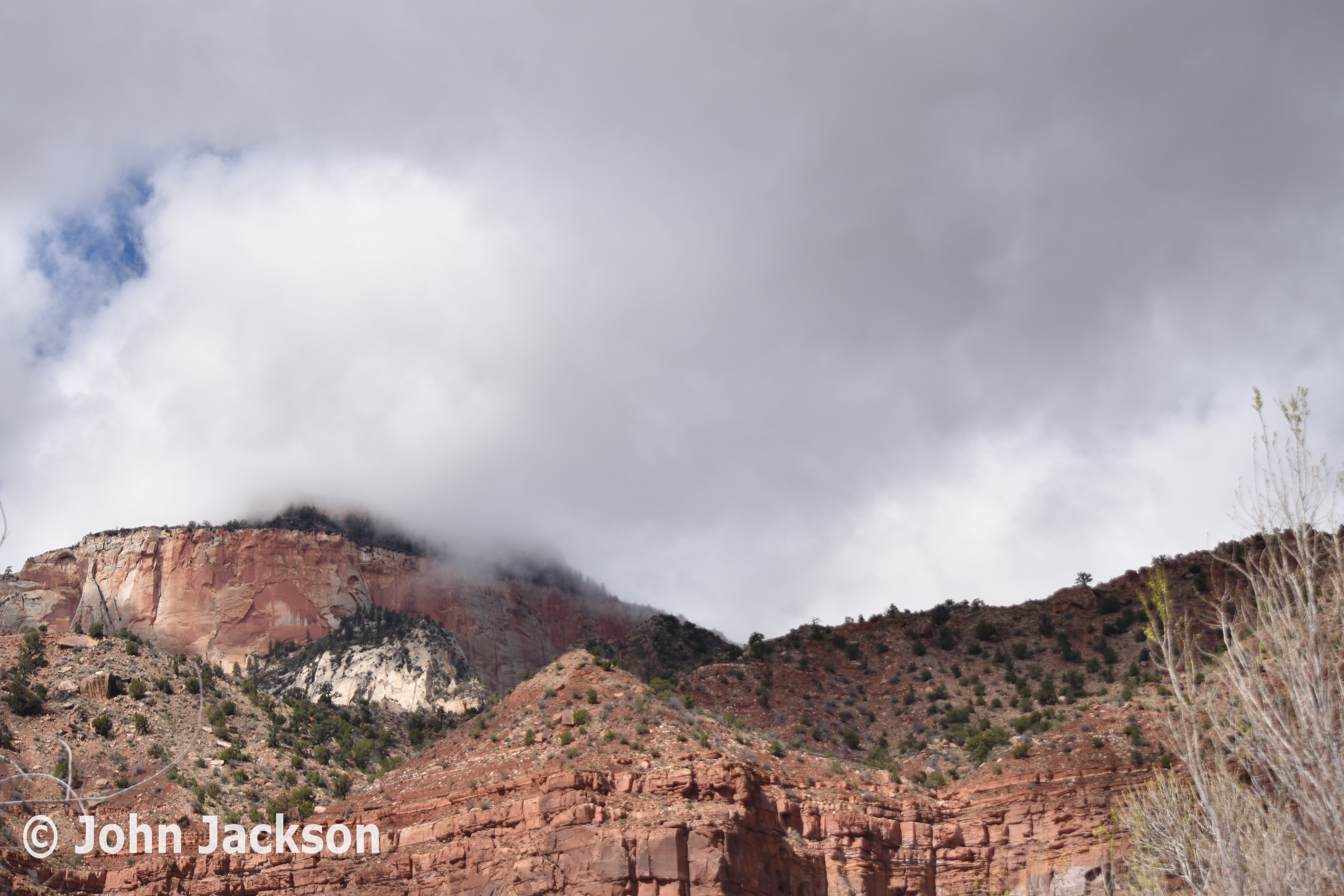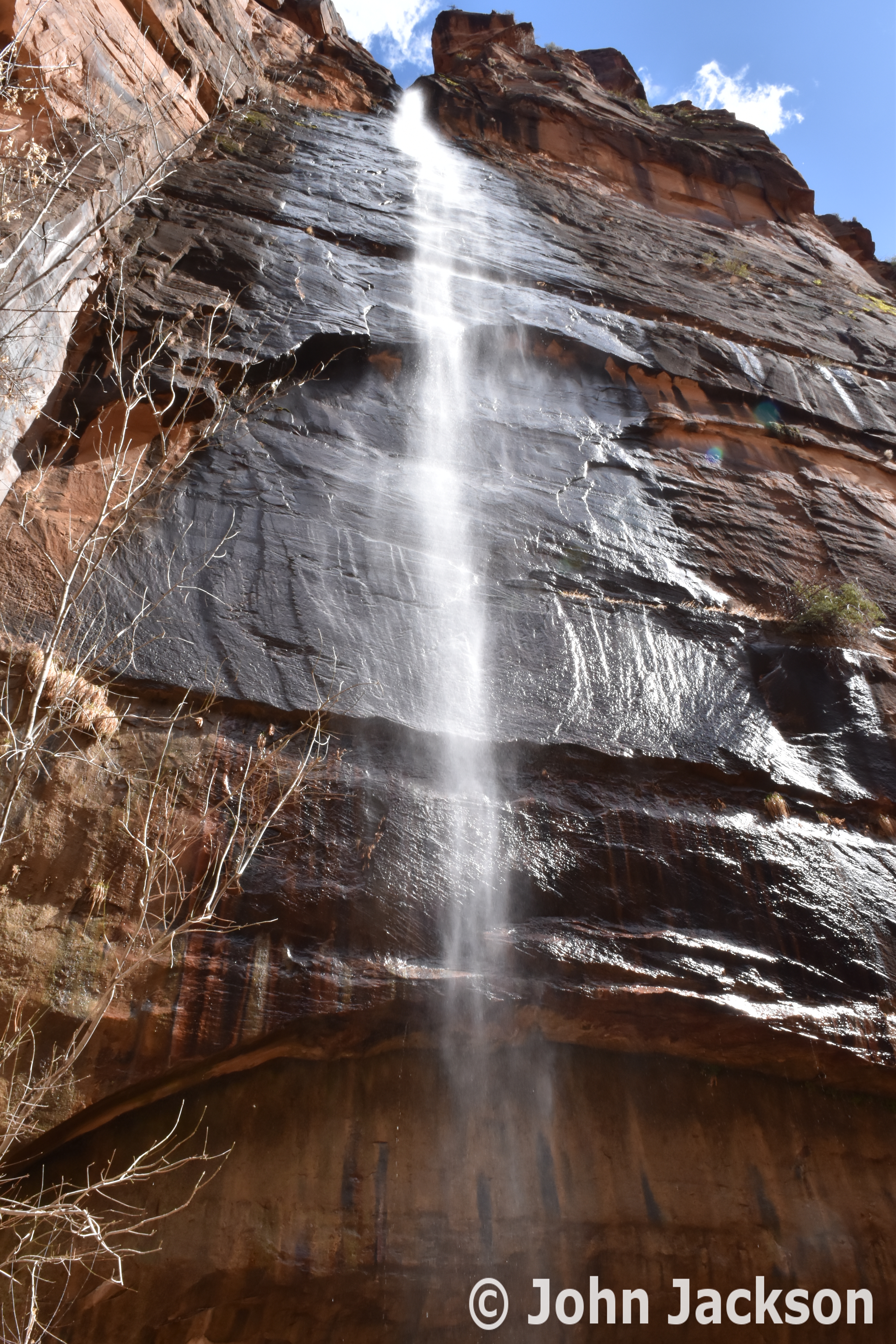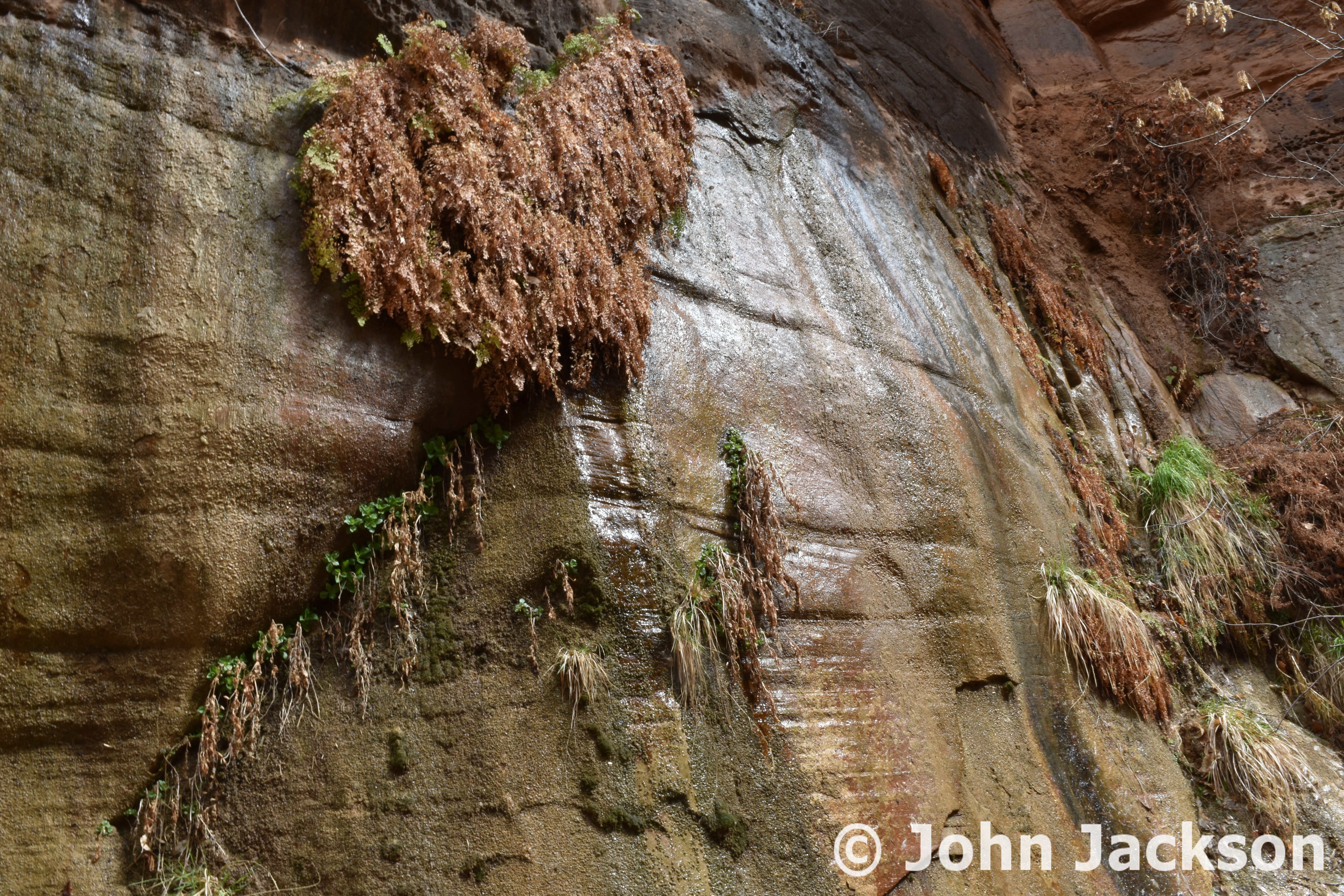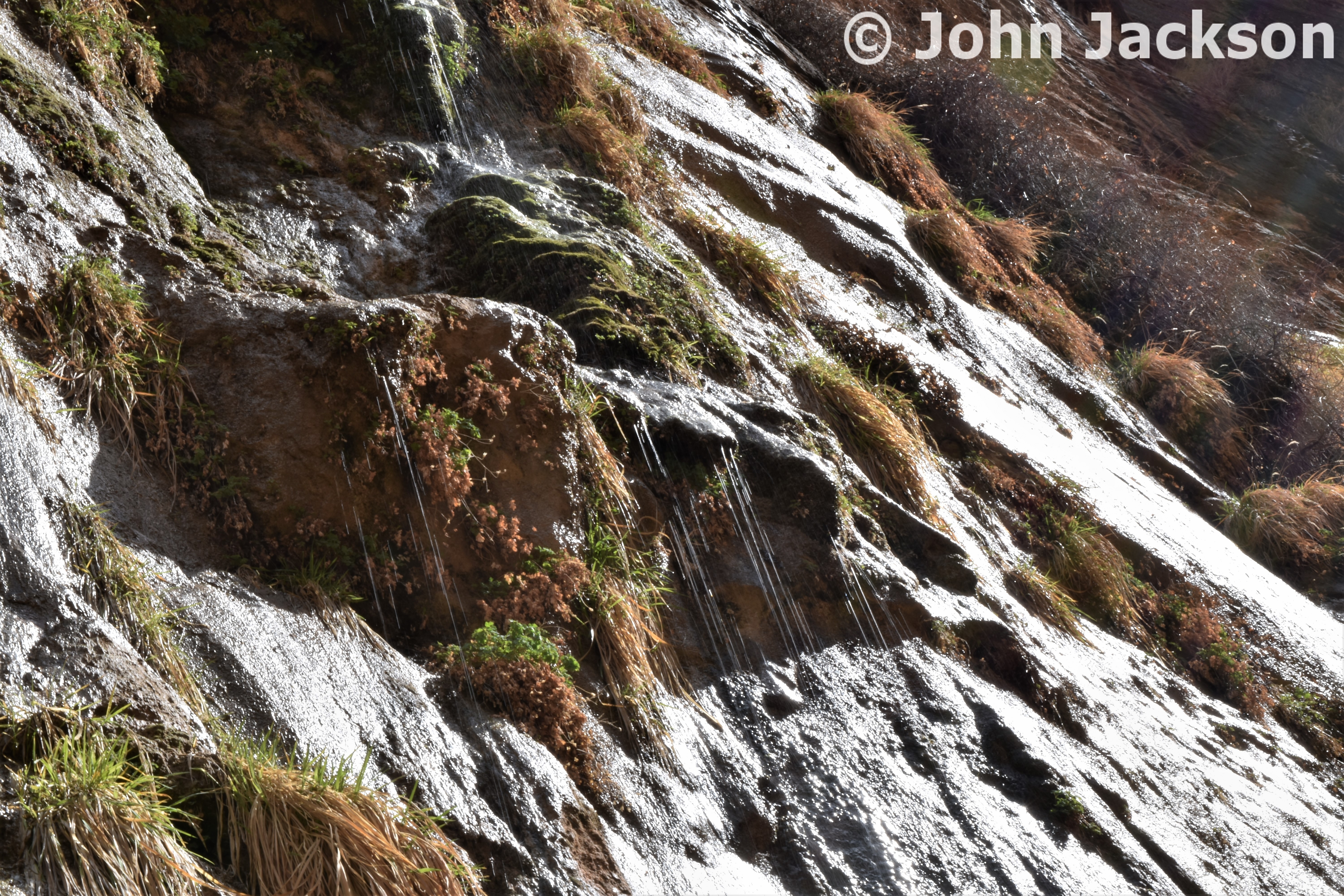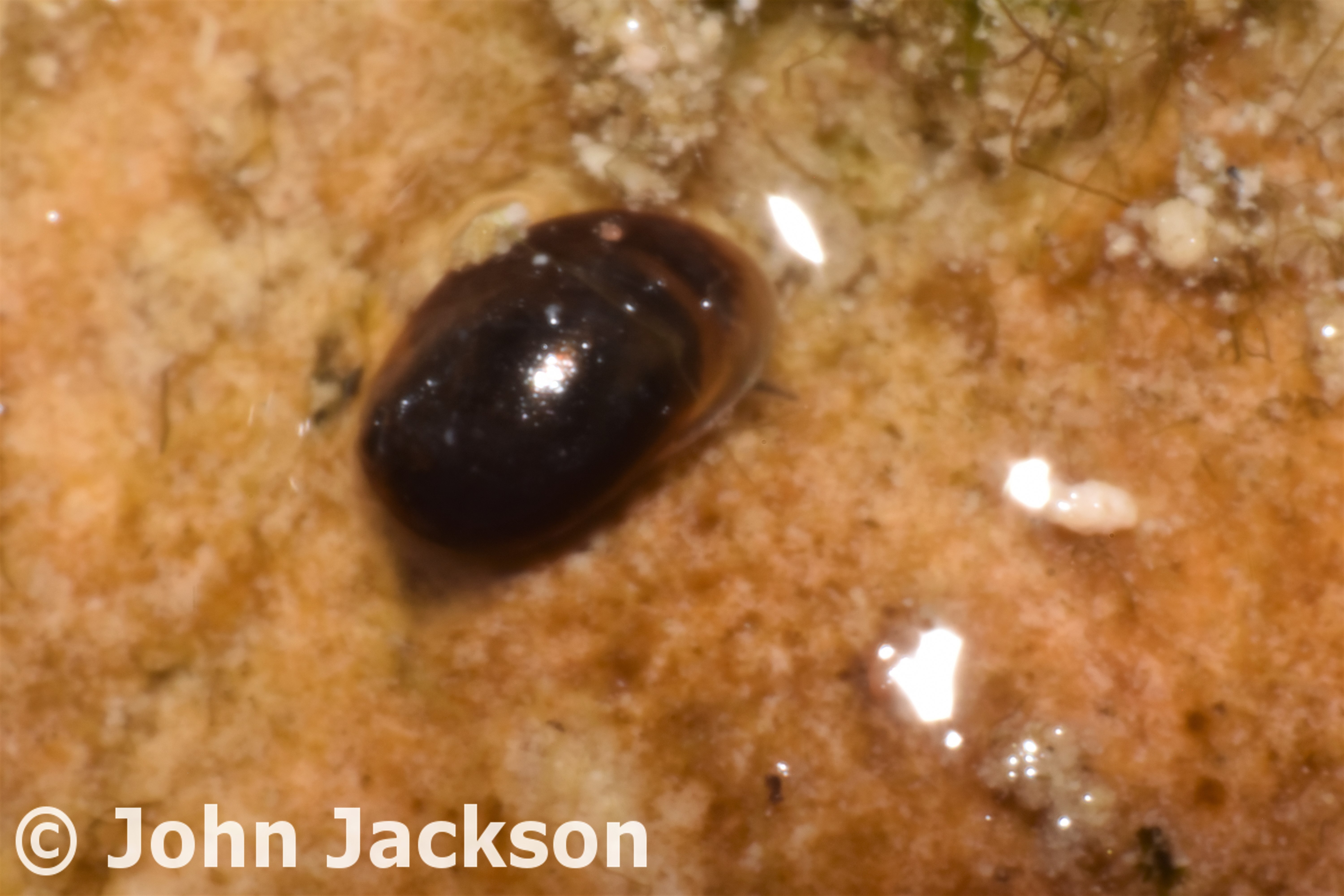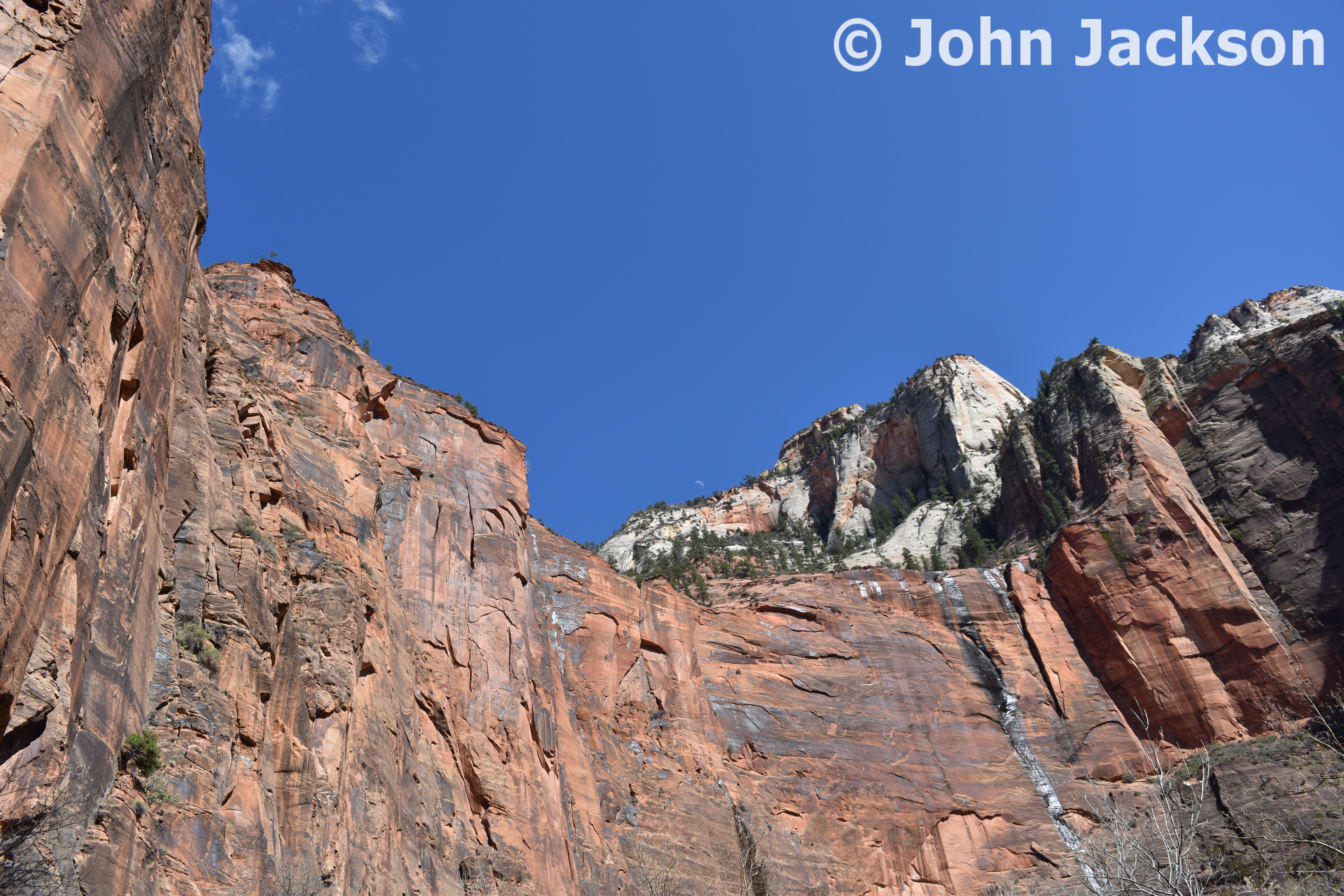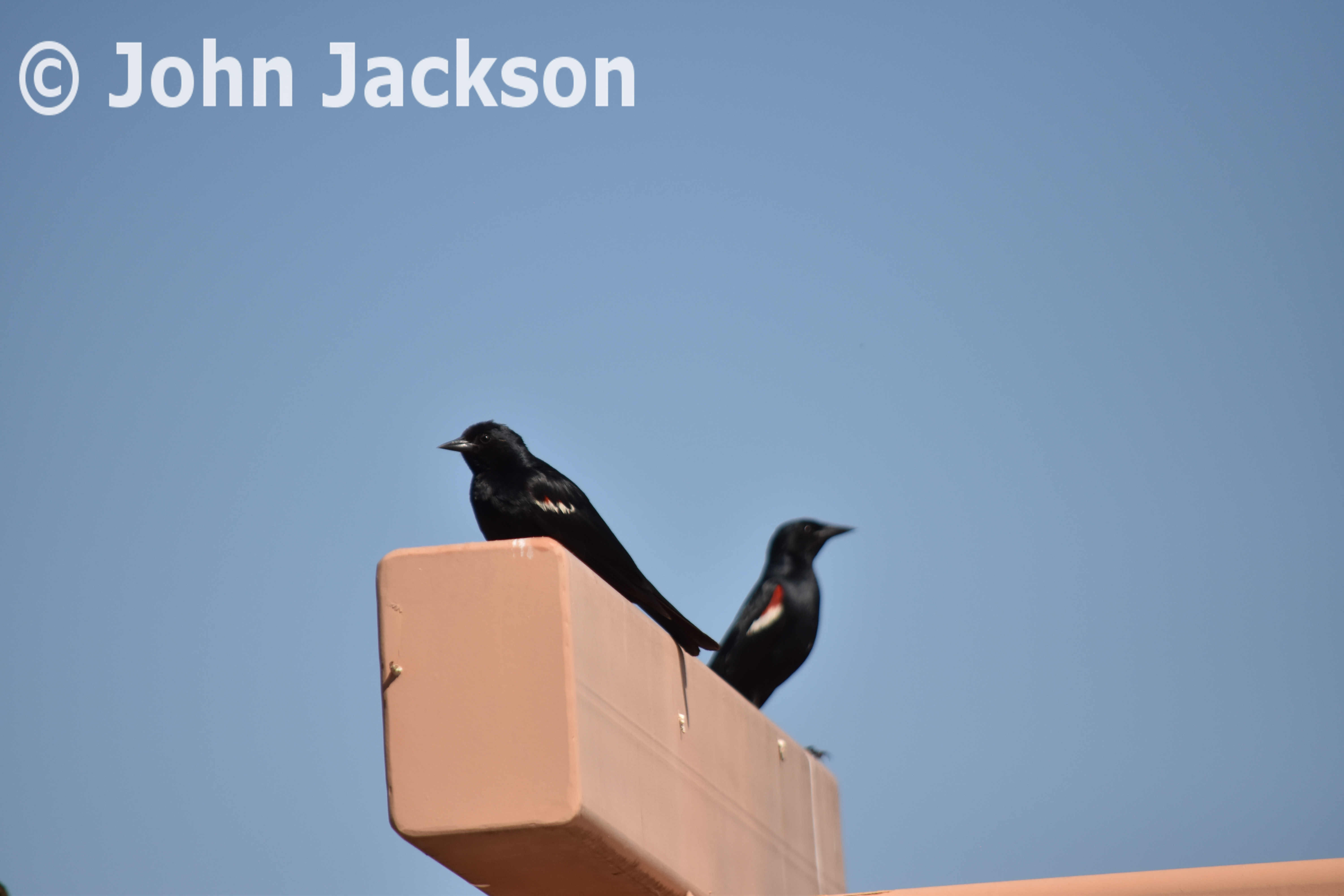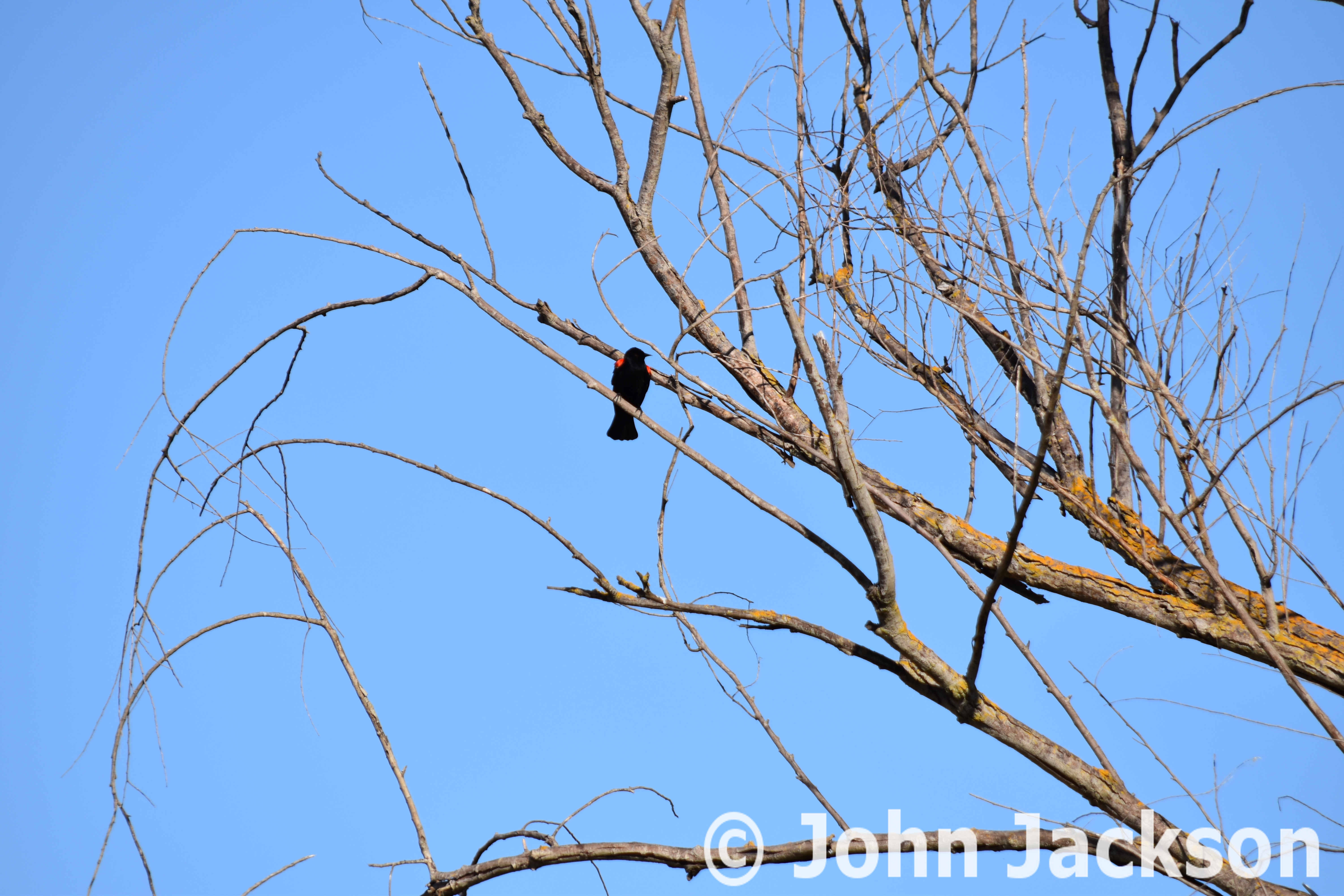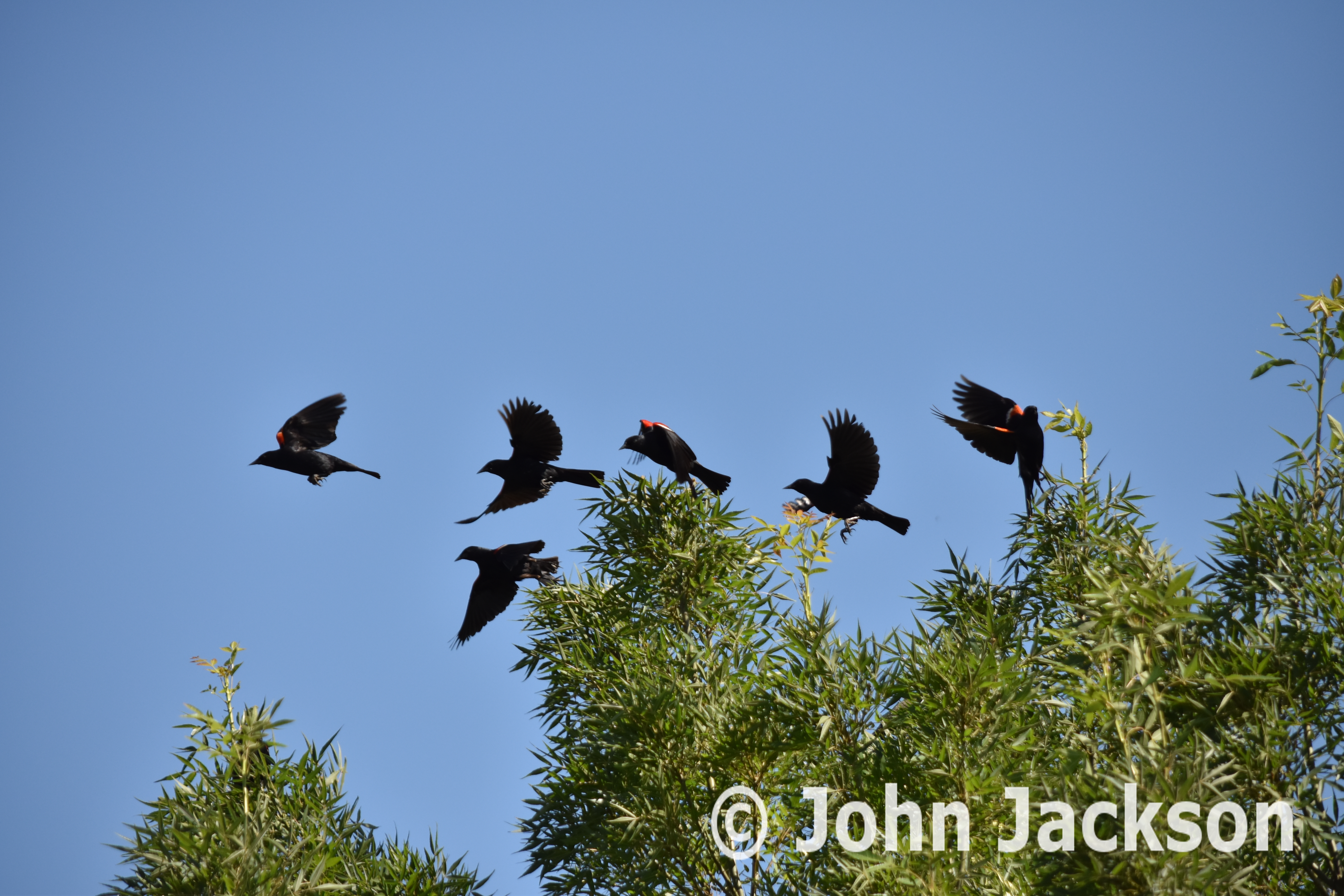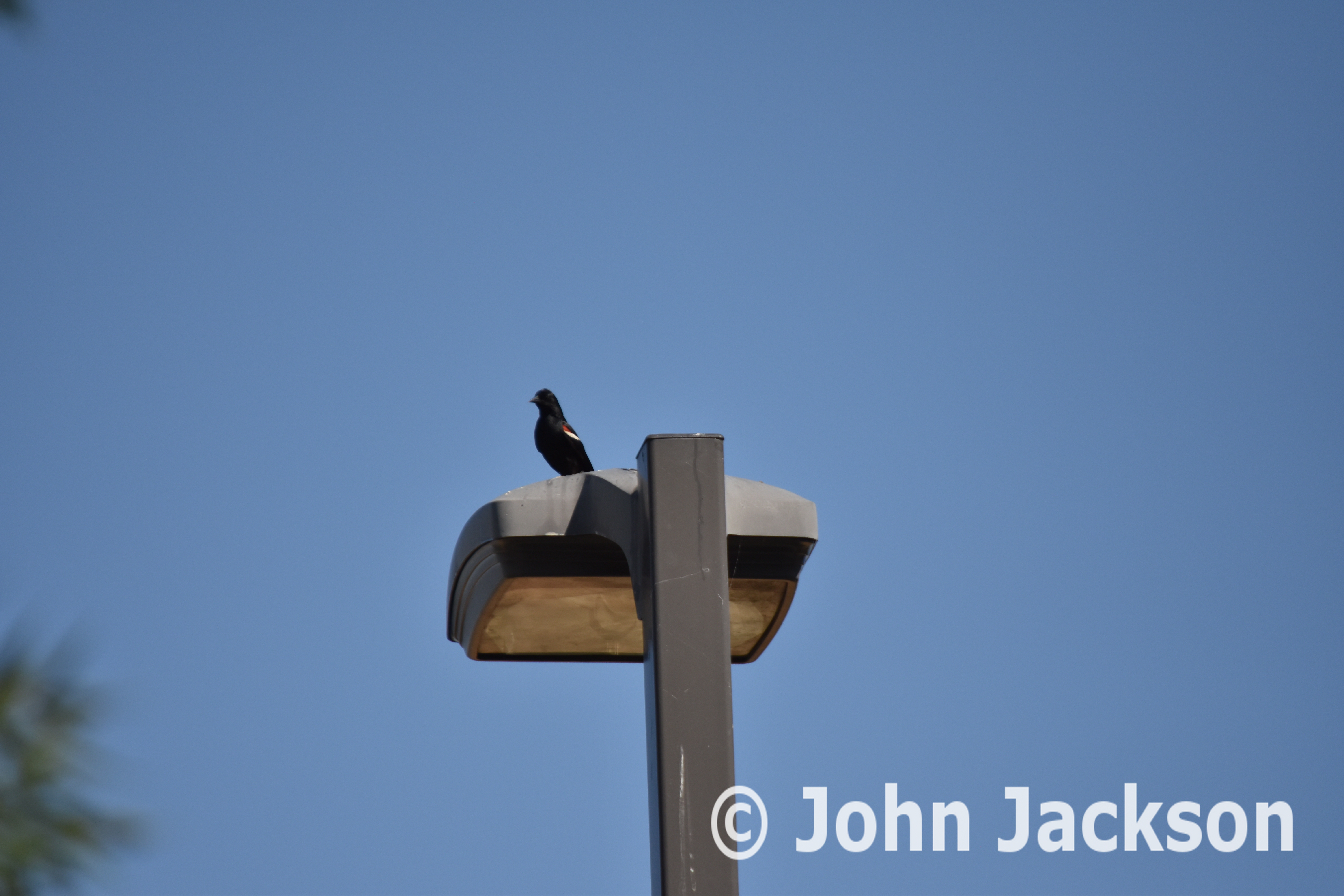 |
| Welcome to Wild Hawaii, or as close as you can still get. |
Hawaii is an Archipelago situated in the middle of the Pacific ocean. Born from a hotspot on the bottom of the ocean, over the millennia they are built up until they break the surface. They surfaced barren rocky lands, but as they cooled and rain water collected life began to blow in, fern spores, spiders, insects and birds began to arrive. As the islands turned from black to green, life began to diversify and become unique to these virgin lands. About 4 million years ago a flock of Asian rosefinches where blown to a rugged coast. These birds found a forest devoid of competition, and full of possible food sources: seeds, grubs below the bark of trees, flowers, bugs hidden among the foliage, and a variety of fruits. In the intervening couple million years these finches would become many species; becoming the Hawaiian Honeycreepers.
 |
| The Hawaii 'Amakihi, a Honeycreeper that is not endangered. This one is flitting around a Fuchsia Bush. |
Today many Hawaiian Honeycreepers are endangered, and plenty have gone extinct since the first humans arrived. At first it was the invasive Polynesian rat that ate the eggs of Hawaiian honeycreepers, they wiped out many species before Captain James Cook pulled up in his ship. But when the Europeans began to settle these tropical islands they accidentally brought mosquitos. Mosquitos transmit many diseases, these same mosquitoes can carry many tropical diseases that could wreck Hawaiian tourism. Although Human Malaria or dengue fever are yet to arrive, avian Malaria and avian pox have. In their millions of years of isolation, native hawaiian forest birds simply did not have the immune systems to resist the diseases and many species have gone extinct in the last 100 years. Today what keeps the surviving species from meeting this same fate is that these tropical mosquitoes cannot survive beyond around 4500 feet above sea level, the temperatures get too cold. This is not a permanent reprieve though; as the global climate warms these Invaders can move higher, not to mention that these mosquitoes could evolve to survive the chill.
 |
| Like the Hawaiian Honeycreepers that pollinate it, this Hawaiian lobelioid is threatened by invasive species. |
Despite the mosquitos being held back by the cooler temperatures of the Hawaiian highlands, only one place has increasing populations of native Hawaiian Forest Birds, Hakalau Forest National Wildlife Refuge. The refuge is the first wildlife refuge to be created for the protection of forest dwelling birds. Established in 1985, Hakalau was once a ranch, which was offered up for sale. At the time the Federal Government didn’t have the cash, so the Nature conservancy purchased the track, and then sold it to the United States Government once they enough in the budget to pay for it. The area pig and goat proof fencing, and intensive restoration of Koa Forests began on some of the open fields. This pig-proof fencing has to be checked regularly as if pigs get in they can quickly take over the section of the refuge the get into, and lots of time and money will have to be spent to remove them. Keeping pigs out is critical to protecting endangered plants, like lobelioids and mintless-mints, defenseless to mammalian herbivores. Pigs also make wallows and other habitats that mosquito larvae could develop. The Native forests of Hawaii are threatened by Rapid Ohia Death, which kills the Ohia Tree, a flowering tree that is a critical food source for native birds, this along with the large amount of rare species mean Hakalau is closed to the public. However, the government grants certain guides the ability to bring people to the special place. I went with Jack Jeffery (http://www.jackjeffreyphoto.com/index.html) who was the refuges biologist for many years.
 |
| Buildings in the Refuge obscured by fog and volcanic smog (vog) |
I met my guide in the barren lava fields that stretch between Mona Loa and Mona Kea. The air was chilly. Jack arrived along with another two people. After spraying our footwear down with alcohol, we hopped in an headed for across the street to the Mauna kea access road. This road eventually winds up to the summit of Mona kea and it observatories, but a dirt road that branches off of it leaves around the volcano to ranchland and Hakalau. Dew clung to the grasses as Erckel's francolins, an African game bird, ran about. Soon the landscape was overtaken with a shrubby brush, this plant called gorsh is dense and adaptable, with seeds able to wait decades to germinate. Without cattle running through and stepping on it the plant has taken over the former ranchlands. Kaji pheasants looked for food along the edge of the plant. We got out and Jack called in a Japanese bush warbler, which remained hidden in the gorsh, but its beautiful calls easily were heard. On the way we past a pathetic reforesting attempt; a couple japanese pine trees growing out of the gorsh. Finally we arrived at the gate and entered Hakalau. After driving down a little hill of recent native Koa replantings we parked in a grassy field that serves as the parking lot.
 |
| A female Kaji pheasant. these non-native birds are common in the gorsh grassland on the way to Hakalau |
We then began our walk into the older forest, the short Koa began to give way to larger Koa and ancient ohia trees. Despite growing on barren lava fields, ohia don't like to grow in forests until they can be in the shade of the faster growing Koa. We stood for a second listening for native birds, some had flown by but we were yet to actually get a good look at one. Jack then excitedly called is over, on the dead moss covered branches of an ancient tree perched a little yellow bird singing. It was the rarest bird in Hakalau, the ‘Akiapola’au (which is referred to as the Aki, because saying ‘Akiapola’au take too much time). In Hawaiian forests this bird fills the woodpecker niche (eating bugs under the bark or in the wood of trees) and if you know anything about how this niche is filled on remote islands, then you should get excited. Woodpeckers don't get to every island or island group. On the island of Madagascar the Aye-aye, a strange lemur with ever growing teeth, bat-like ears, and a creepy long finger fills it. In the Galapagos and New Caledonia tool using birds probe for grubs. The Aki has a bizarre Beak. The lower mandible is short, thick and sharp, while the upper beak is long, thin, and curved. When feeding it's lower beak is used to drill into the soft Koa wood, and then the upper bill is used to fish the grub out. Besides a weird beak, the Aki also has weird behavior for a passerine. They live in mated pairs that require large territories, and provide parental care for up to two years. Because of its need for Koa forest and susceptibility to disease it is an endangered species, with two populations, one on Mona Loa, and the Hakalau population on Mona Kea. It is the last of a genus of Honeycreepers with extreme overbites.
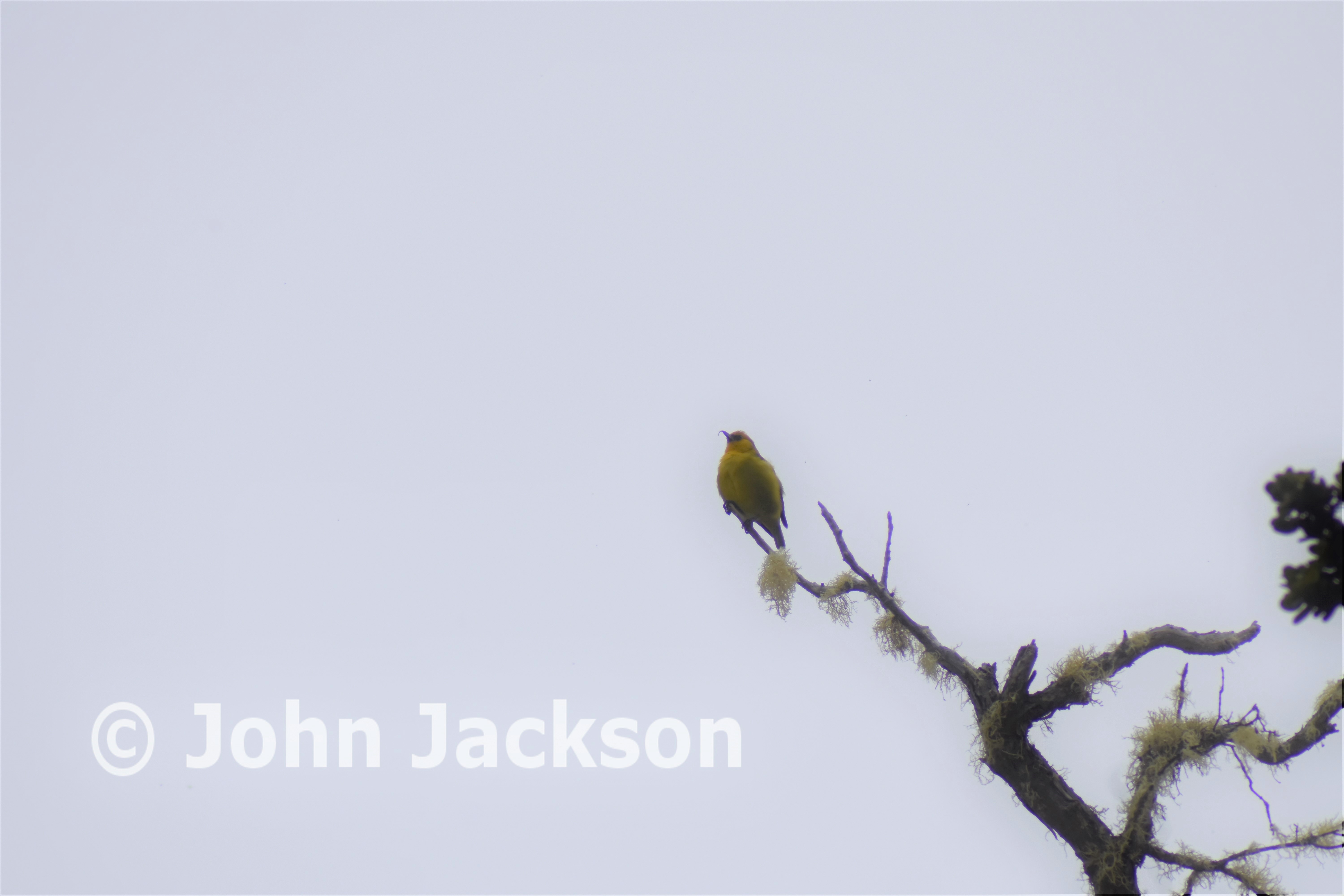 |
| A Male Aki perched. These unusual passerines are the "Holy grail" of Big Island Birding, and not always seen on trips to Hakalau. |
After the Aki had flown off his perch we hung around the spot for a little while, an 'I'iwi flew in but was obscured in an ancient Ohia. More on this bird later. We soon started back down hill in search of more birds. Soon Jack was pointing out a little grey bird clinging to the side of a branch, a Hawaiian Creeper. This drab little bird fills the same niche as nuthatches and creepers on the mainland, picking bugs from moss or just under the bark. The single bird worked its way up a few trees, before flying over and feeding a younger bird.
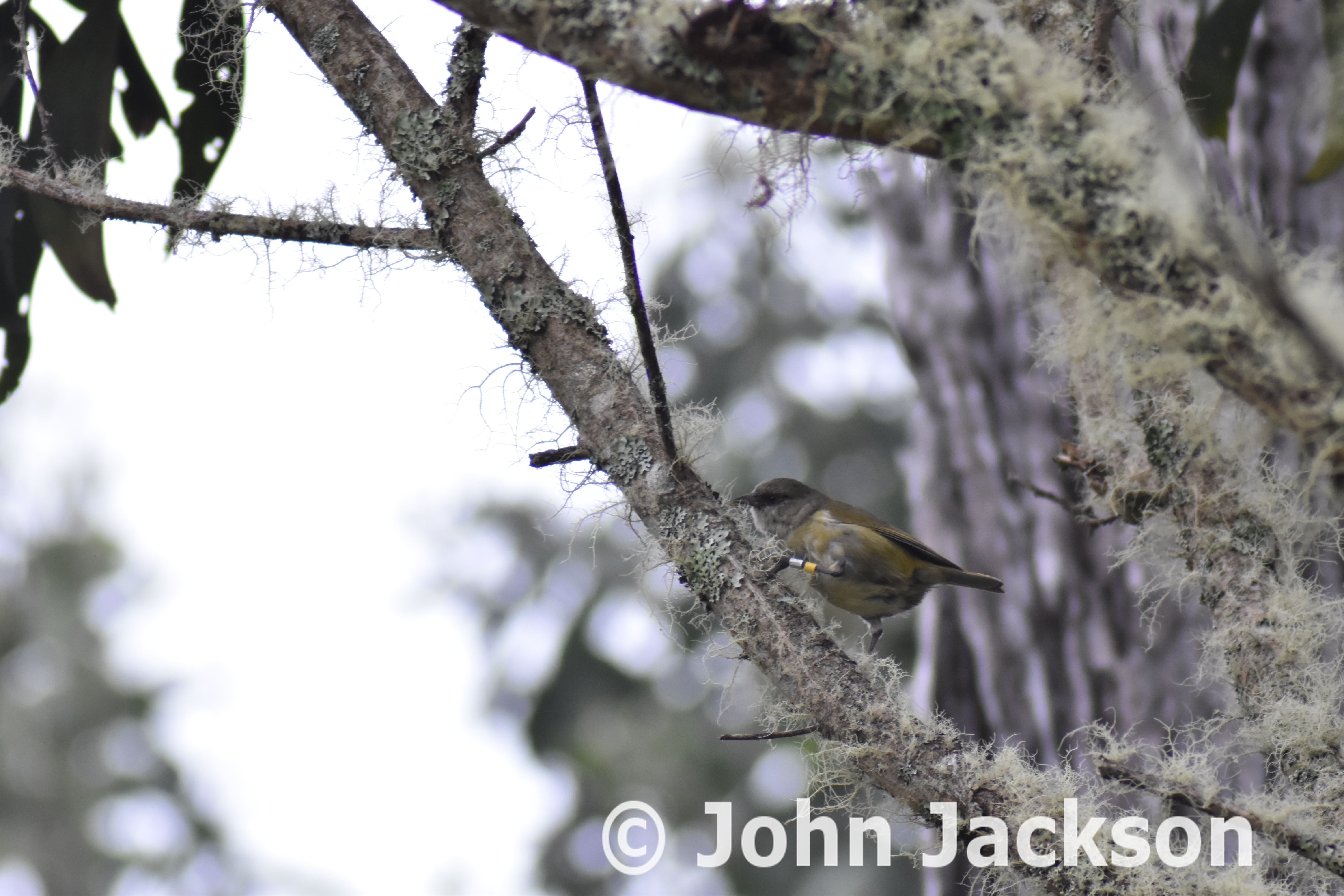 |
| This Hawaii Creeper has been banded by researchers. |
This was June 2018, Kilauea was erupting and Volcanic Smog shrouded the island. Hakalau is also a wet forest at high elevation. The visibility began to drop. Distant Trees became amorphous dark shapes in the background. Hopping around the trees were the ʻōmaʻo, one of two Hawaii's native thrushes that are definitely not extinct. They make a call that can only be described as a police whistle. In the undergrowth the very colorful Red-billed Leiothrix, an asian forest bird, popped out to take a quick look at us. I was also scanning the ferns for two invertebrates I really wanted to see, the Happy-face spider, and carnivorous caterpillars of the genus Eupithecia. No luck, guess I will have to go back.
 |
| A juvenile ʻōmaʻo. These are one of two native Hawaiian Thrushes still around; the other is the Puaiohi, which I glimpsed in the remote Alakai swamp of Kauai. |
At this point we had picked up the ʻōmaʻo, the ‘elepaio (an old world flycatcher, and among the cutest birds in the world), and all the honeycreepers, save one. The smallest Hawaiian Honeycreeper is a dayglow orange bird with a slightly crossed bill, The Hawai’i ‘Akepa We where some ways down the trail when we arrived in what Jack called a mixed flock. Small green birds with slightly curved bluish bills flitted about, the most numerous Hawaiian Honeycreeper, the Hawaii Amakihi. These birds are one of the few to have started developing resistance to the introduced diseases and can be found at lower elevation. ‘Elepaio hopped on distant branches. Finally Jack pointed up and said “‘Akepa”. On the top of an Ohia tree was a little bird, quite hard to make out. On reviewing my photos, both the crossed bill and orange color are quite obvious. With that we began are hike back up to the car. It began to rain and the mist had dropped visibility even further.
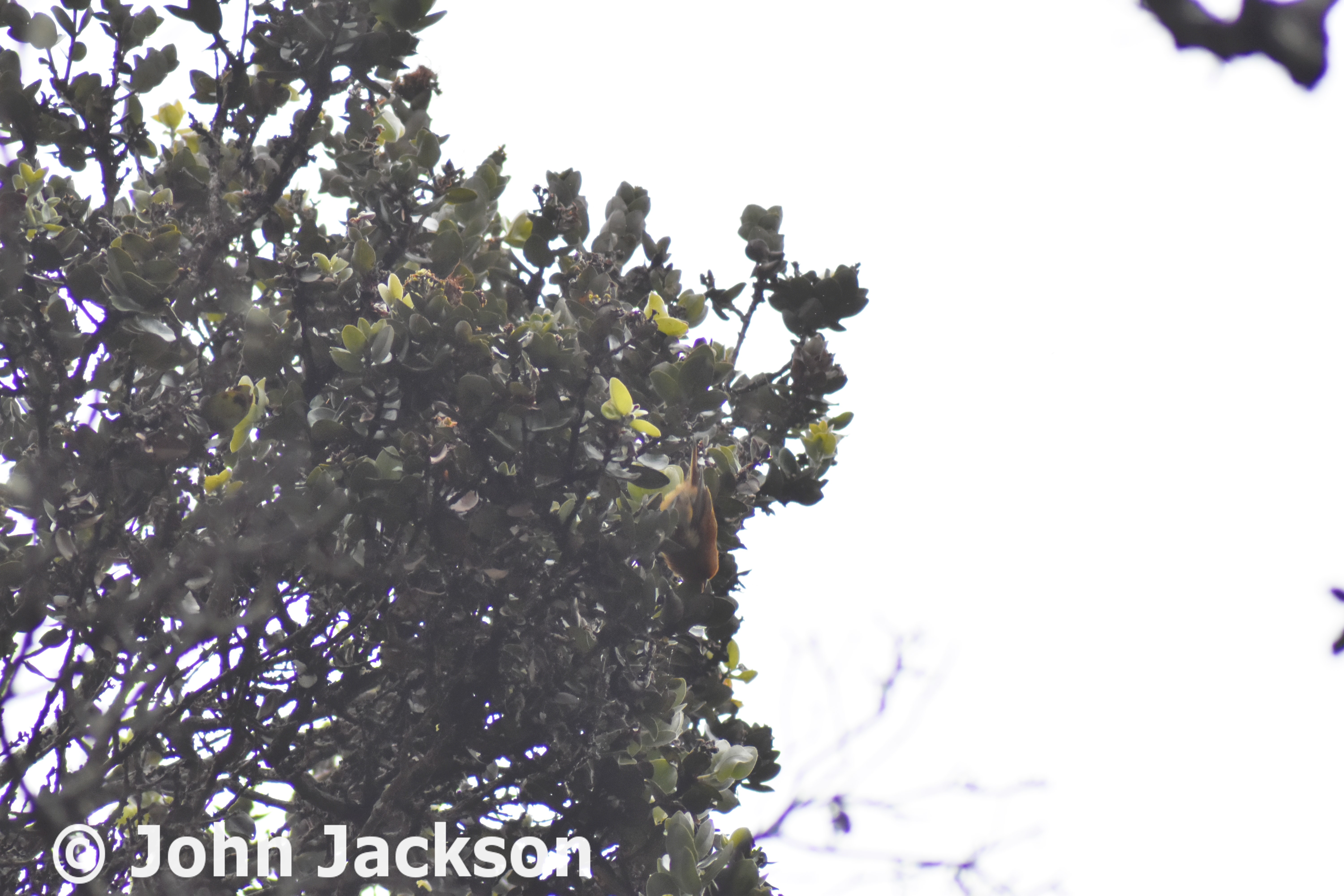 |
| The Bright Orange Hawaii 'Akepa. this little foliage gleaner has a crossed bill and is the only native bird to use cavities. |
When we arrived back at the car, the large building we were parked by was nothing but an outline. My feet were soaked and freezing, but the day wasn’t over yet. We were yet to get a good look at the ‘I’iwi, the scarlet colored hawaiian honeycreeper that had first introduced me to the group in a rainforest book I had as kid. (Well the ʻAkohekohe was also in the book) The ‘I’iwi is a nectar feeder with a long downward curved bill, it used to drink from native Hawaiian lobelioids, but when the introduced land mammals ate them, the ‘I’iwi switched to the Ohia, or in the case of Hakalau behind the historic Pua Akala Cabin, a massive patch of introduced Fuchsia. We stood out overlooking this mass of vegetation, hardly reminiscent of the small annual plant I see potted in hanging baskets where I live. The ‘I’iwi was calling, they sound a bit like a creaky door. I also found out first hand that the ‘I’iwi name is an onomatopoeia; the bird makes a call, which I don’t think I have ever heard a recording of, which sound like the Hawaiian approximation of it. Another thing to go back and do, get that recording. Then the bird hopped up on a branch above the fuchsia, its bright scarlet contrasted against the dark green foliage. The bird perched in view three times before we had to go and leave this piece of wild Hawaii Behind.
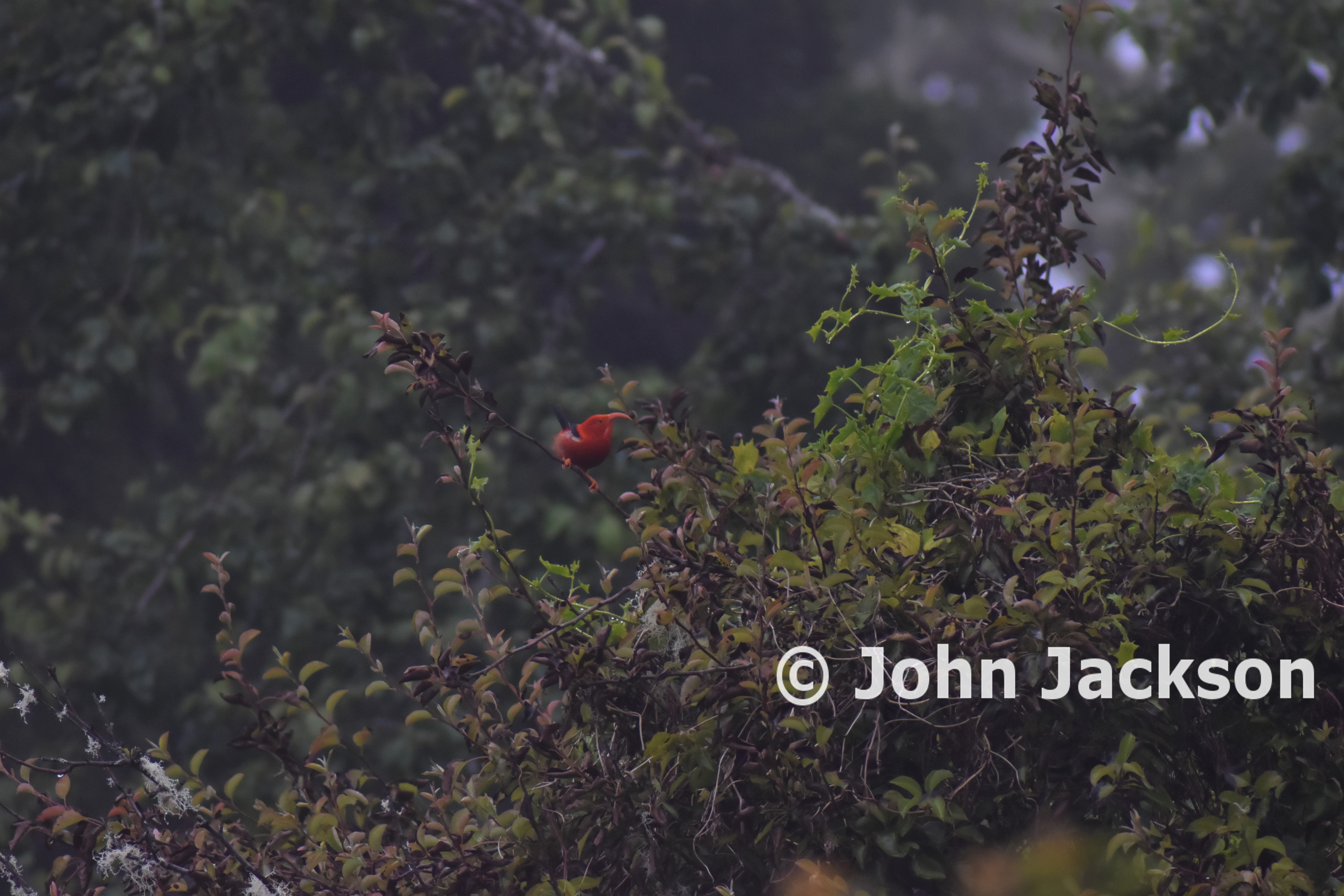 |
| The 'I'iwi perched above the fuchsia plant. This bird is the "posterchild" of Hawaiian Honeycreepers |
If you want to help out the birds of Hakalau Forest National Wildlife refuge, donate to Friends of Hakalau Forest NWR, (http://www.friendsofhakalauforest.org/) who have a fund to keep the refuge operational in case of government shutdowns.
Sources
“About the Refuge - Hakalau Forest - U.S. Fish and Wildlife Service.” Official Web Page of the U S Fish and Wildlife Service, www.fws.gov/refuge/Hakalau_Forest/about.html.

